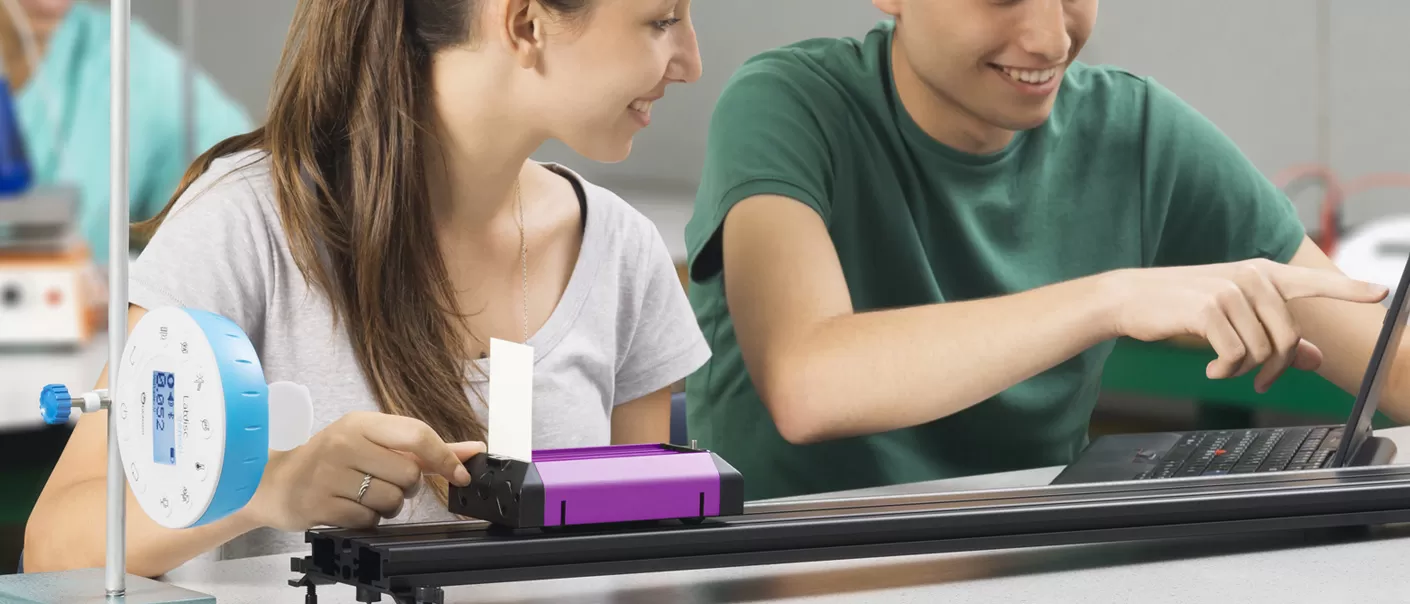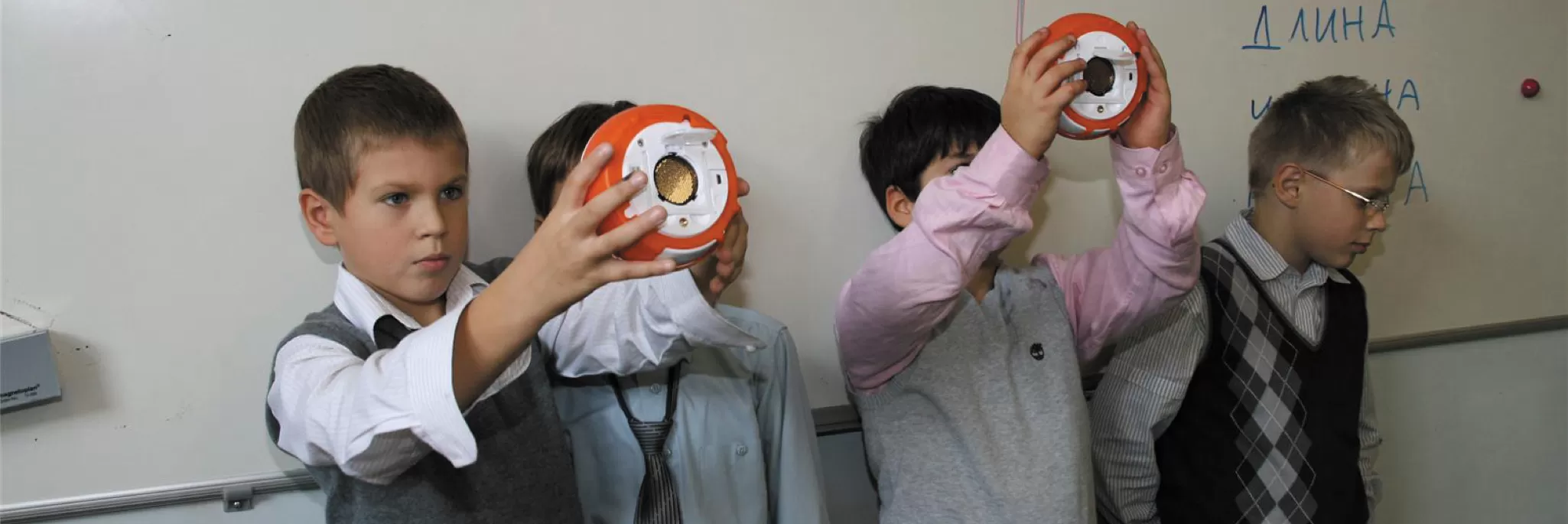Moscow, Russia
Labdisc Proves Ideal for Inquiry-Based Science
New Russian Education Standards
Once a scientific and technology powerhouse, the dissolution of the Soviet Union and the 10- year recession that followed damaged science and math education in Russia. Now, the country is committed to restoring the rich tradition of scientific excellence and training a future labor force of innovative scientists. A unique series of educational institutions have also been established for science and math distinction—their function being to drive achievement in the wider education system. The refocus on school science and plans to reduce the technology gap in education are supported by new curriculum standards for all primary schools. The reforms require schools to increase students’ technology skills with ICT literacy from their first year, as well as broadly introduce inquiry-based science learning.
Installation Snapshot:
Labdisc Portable STEM Lab

The Challenge
Many teachers of 1st and 2nd-grade students have struggled to find appropriate technology that is easy to use for teaching early science. Complicated, bulky data loggers connected by cables to various sensors and accessories are not a realistic option for engaging young students in hands-on activity. Teachers need tools that can be applied immediately and don’t require too much time in setup and preparation.
In order to teach advanced math and science, students need digital lab technology to read graphs and understand coordinates, decimal fractions, negative numbers, and round physical quantities. Abstract science concepts introduced up to 6 years earlier than in an ordinary school—such as illumination intensity or sound levels—need sophisticated features, but because of the age group, the data logger has to be user-friendly
The Labdisc Solution
Sergey Lowjagin, a curriculum developer and teacher at the School of the Future, currently uses the Labdisc to teach his 7th and 8th grade students science. “The Labdisc’s tremendous set of features aids technology proficiency and inquiry-based learning, particularly for mass schools. It has a decisive quality that is simple and user-friendly without exception. My pupils could work with barely any instruction—it’s so similar to the mobile devices they have in their pockets.”
“The Labdisc is inquiry—with it students can measure, investigate, solve problems, and construct their own experiments to improve their hypotheses.”
Sergey Lowjagin, – Physics Teacher, Moscow
Labdisc Key Benefits
After several months of experience, Sergey believes the Labdisc has something very unique to offer educators:
Connecting concepts
Watching a graph building on a screen while the sensor takes the temperature of the water, all the pupils immediately realized where the temperature increased and decreased—they could read a graph. By showing the process of construction of an event, they easily understood difficult content.
Multidisciplinary
GPS facilities and Google integration showing data automatically on the map introduces geography into scientific study.
Wireless connectivity
Using a computer, educators can connect to every pupil’s device and see the data they are recording from their built-in sensors, or show their graph analysis on a big screen for the entire class to learn from.
One unit
Advanced features simply built into one small machine makes a perfect tool for inquiry-based science education.
Easier to teach
Explanations can be brief—educators can give students a task and they can work independently.
Increased motivation
“My class is attentive and excited to use the Labdisc. One boy even asked, ‘Can I take it home?’ after the first lesson.”


